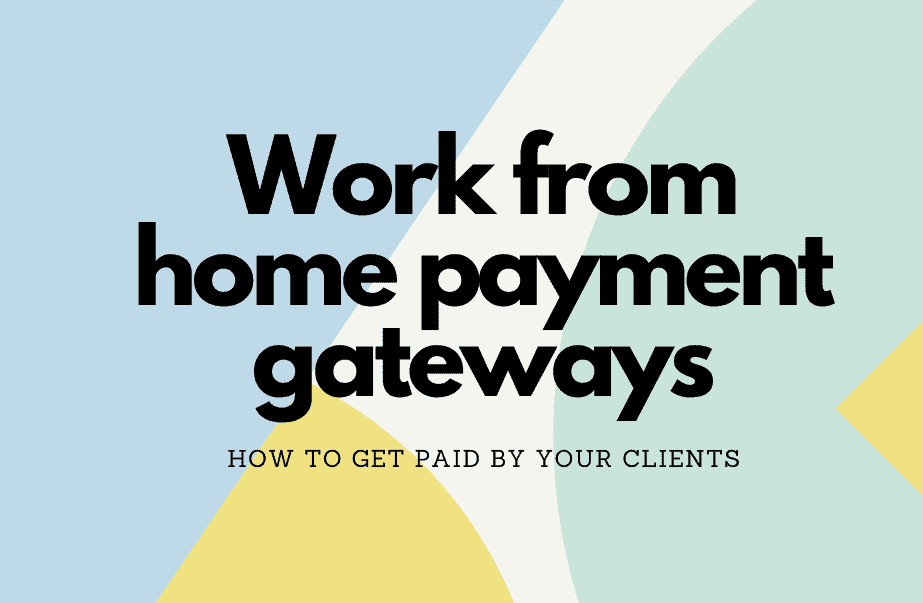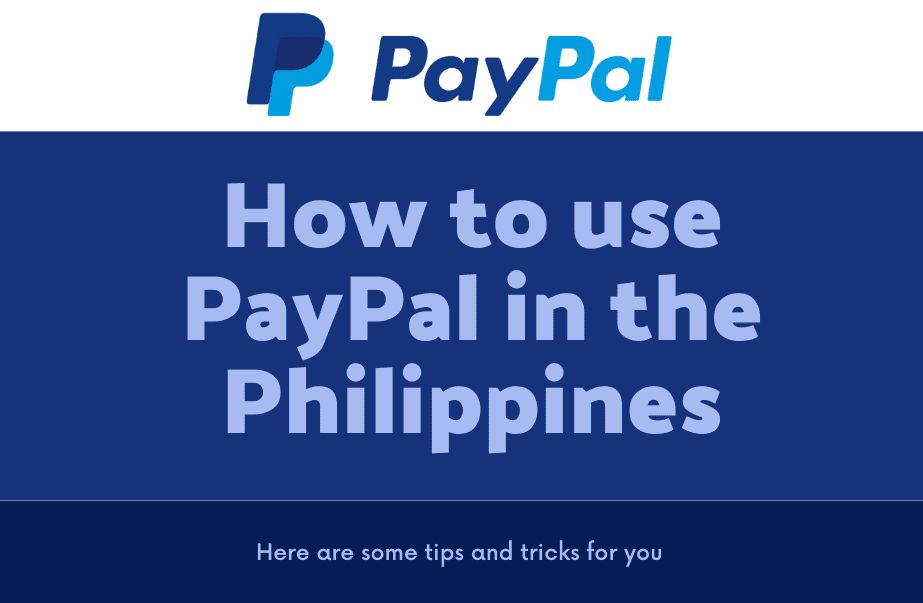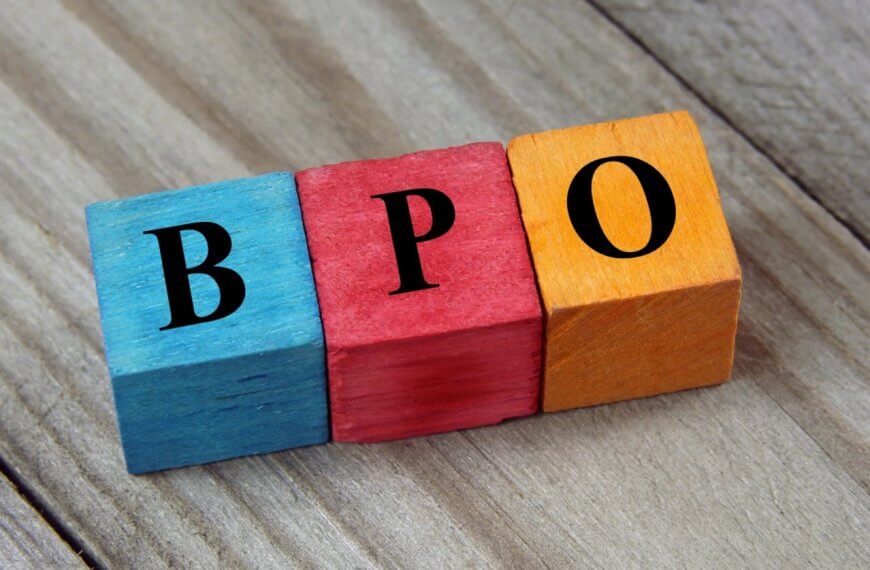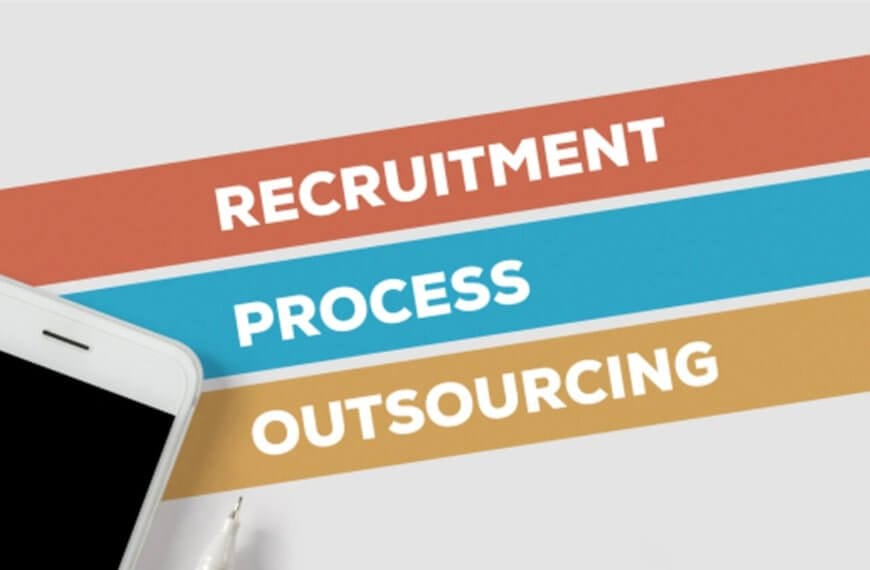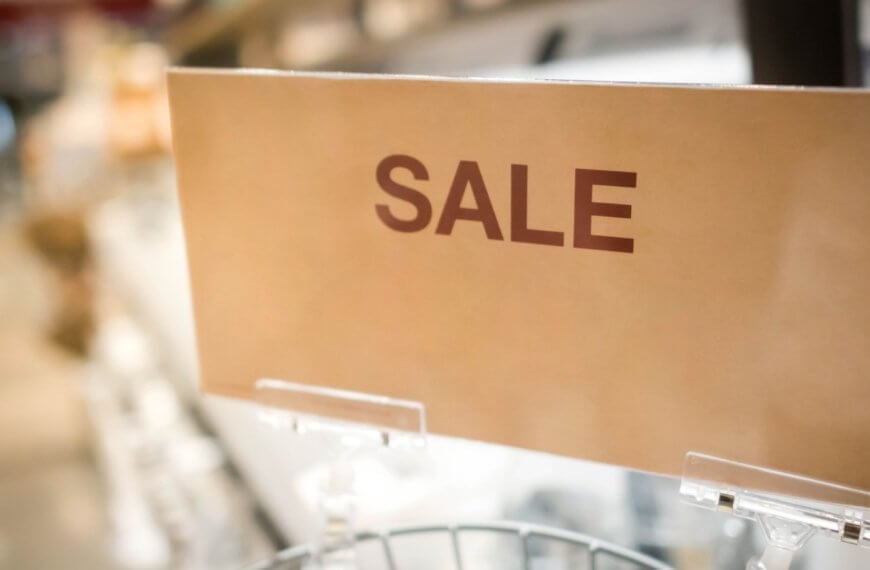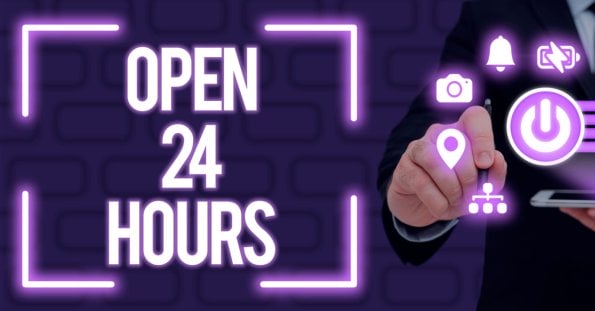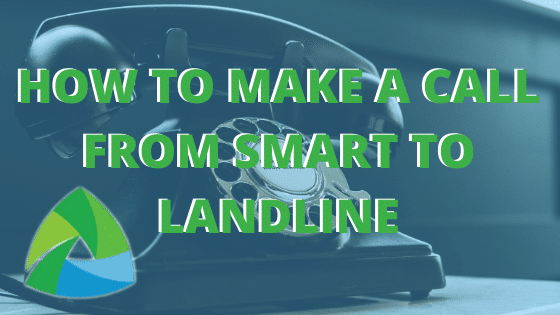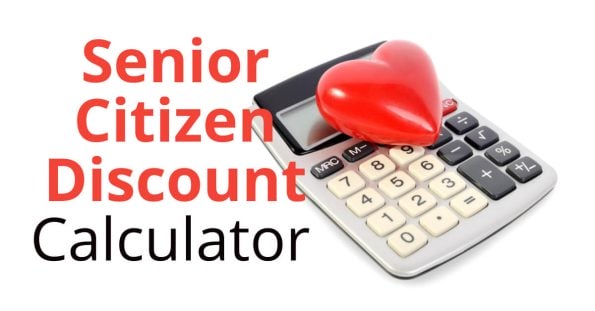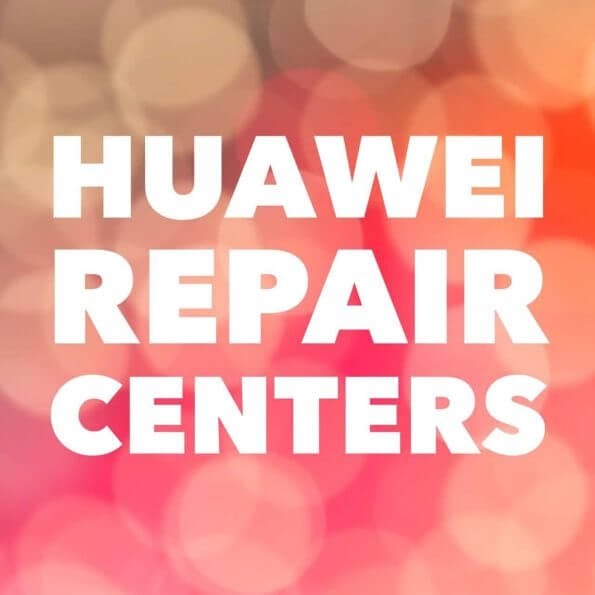There are many payment gateways for working from home in the Philippines. In this blog post, we will talk about 4 of these gateways and how they work. We will also show you a list of requirements that each gateway has so that you can get started on finding the best one for your situation.
What Are Payment Gateways Should You Use In the Philippines
There are many payment gateways for working from home in the Philippines. We will talk about four of these gateways and how they work. We’ll also show you a list of requirements that each gateway has so that you can get started on finding the best one for your situation.
PayPal
It allows you to shop locally as well as internationally through an international payment gateway. In short, they want to ensure that your buying experience is secure and free of fraud. Since PayPal has partnered with central banks in the country, you will be able to select your preferred card for online payments.
It’s also the most popular and widely used gateway for freelancers in the country. Though the conversion rate is lower than other merchants, it’s an established portal to send and receive money worldwide. Plus the security is tight, ensuring your account and funds are protected.
Wise
Formerly known as Transferwise, a new company provides services to Filipinos who want to work from home. You can use this service to transfer money quickly, easily, and cheaply from your paycheck to your bank account located abroad.
Transferwise is a great provider of low fees (compared to its competitors), strict security measures, and ease of use – it’s all done online, so there’s little paperwork involved. This is probably the best gateway for online freelancers to work-from-home setups.
I, myself have tried and tested Wise and the best part is that their conversion is high with very low fees. A good win for most people using the service. Besides cheap processing fee, they have up-to-date notification of your transaction and estimated deliverance of your money to your preferred bank or gateway.
PesoPay
With Pesopay, small and large businesses can accept payments online. Thanks to their secure payment solution, a wide range of payment methods can be obtained by local companies. Online, eWallets, and point-of-sale payments can all be used. Pesopay can also be integrated into your website, like other payment gateways.
PayMongo
In addition to credit cards, OTC banking, debit cards, and e-wallets, the PayMongo payment system can be helpful to individuals and businesses. Due to the absence of set-up fees, one-time charges, or monthly fees, payments can be made through chat, private messages, and SMS using PayMongo Links. Using PayMongo APIs, you can also provide a customer-centric payment experience.
Dragonpay
Dragonpay was one of the pioneers in the Philippines when online shopping gained popularity. Due to the growth of this trend in the country, Dragonpay continues to integrate more payment methods, such as over-the-counter banking, non-banking payment, online banking, and cash on delivery. The company works to provide their clients with alternatives to traditional payment methods, such as credit cards, for E-commerce websites.
Paymaya
PayMaya provides the Philippines with flexible payment acceptance options with its four integrated digital payment solutions that suit different payment acceptance needs.
GCash
GCash is a payment gateway available to businesses of all sizes in the Philippines. Through GCash’s scan-to-pay service and online payments portal, GCash subscribers can make mobile payments using QR technology.
Payment gateways from GCash are designed for individual merchants (such as freelancers, professionals, online sellers, vendors, etc.) and business or non-individual merchants (sole proprietors, partnerships, and corporations.
Working from home has open doors to flexibility when it comes to money remittances. The traditional over-the-counter payment and money transfer are slowly diminishing as online transactions and portals continue to dominate our lives.
The best part is that these payment gateways have ways to get connected for the betterment and the fastest way to deliver payments anywhere in the country.
How Online Payment Gateways Work
It is essential to have a payment gateway that validates and processes payments, ensuring funds are available, and transactions are secure.
To better understand payment gateways, let’s look at how payment is processed from when a customer visits the checkout page until the merchant receives the funds.
- The customer clicks on “Place Order” or an equivalent call-to-action button. Choosing this will take them to the e-commerce site’s checkout page or the gateway provider’s site.
- Input the customer’s account details after selecting a payment option from among those offered.
- The payment gateway conducts fraud checks, and payment information is encrypted. Secure transmission of sensitive data is ensured by encryption.
- Merchants’ banks receive encrypted data from the payment gateway.
- Banks forward merchant information to payment processing networks (e.g., Visa/Mastercard), which perform an additional layer of fraud screening.
- As soon as the payment data is sent, the payment processor sends an authorization request to the customer’s bank.
- Banks perform fraud screening, verify the validity of credit cards, and ensure that customer accounts are sufficiently funded for the purchase. The transaction is then approved or declined.
- It is then up to the payment processor to approve or deny the transaction, relayed to the payment gateway.
- Payment gateways provide information to merchants. A payment confirmation will appear on the merchant’s website if the transaction is approved. The customer will be presented with an error code and asked to choose another payment method if the payment is declined.
- When a customer’s bank releases funds to a merchant’s account, a charge is made to his or her credit card.
Note: If you choose a different payment method, the process may differ. No matter how complicated and lengthy the entire transaction seems, it only takes seconds to complete.
PayPal is currently the world’s leading payment solution, not just in the Philippines. Name recognition contributes to its popularity, but it is not the only factor. Secure features ensure that all transactions are safe with the solution. In addition to safeguarding a user’s financial data, Paypal protects their login credentials as well. PayPal also has many partners around the world, which makes doing business and buying products in international markets easier.
Which payment gateway do you prefer the most? Let us know your comments and suggestions too!
